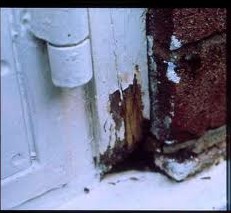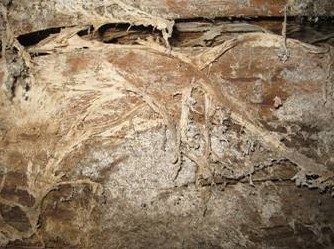Request Callback
from Protum Services


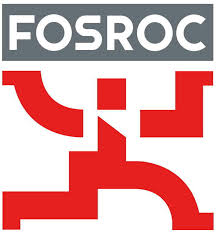
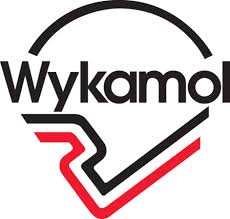
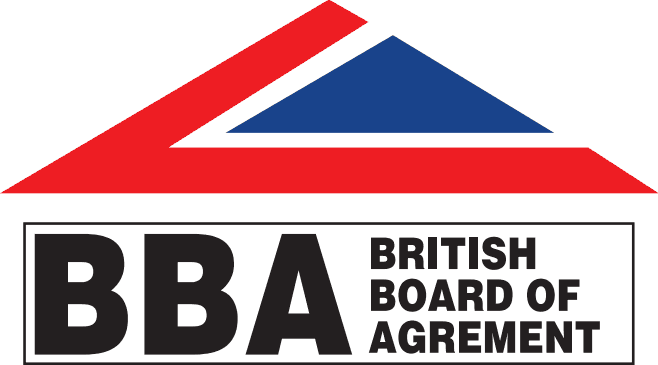

|
Wet rot / Dry rot
|
|
DRY ROT . If your property is showing signs of dry and or wet rot, please contact Protum Services’ so we can talk through the problem and arrange a survey. All our fungi and insectisides come with a 1hour re-entry. |



